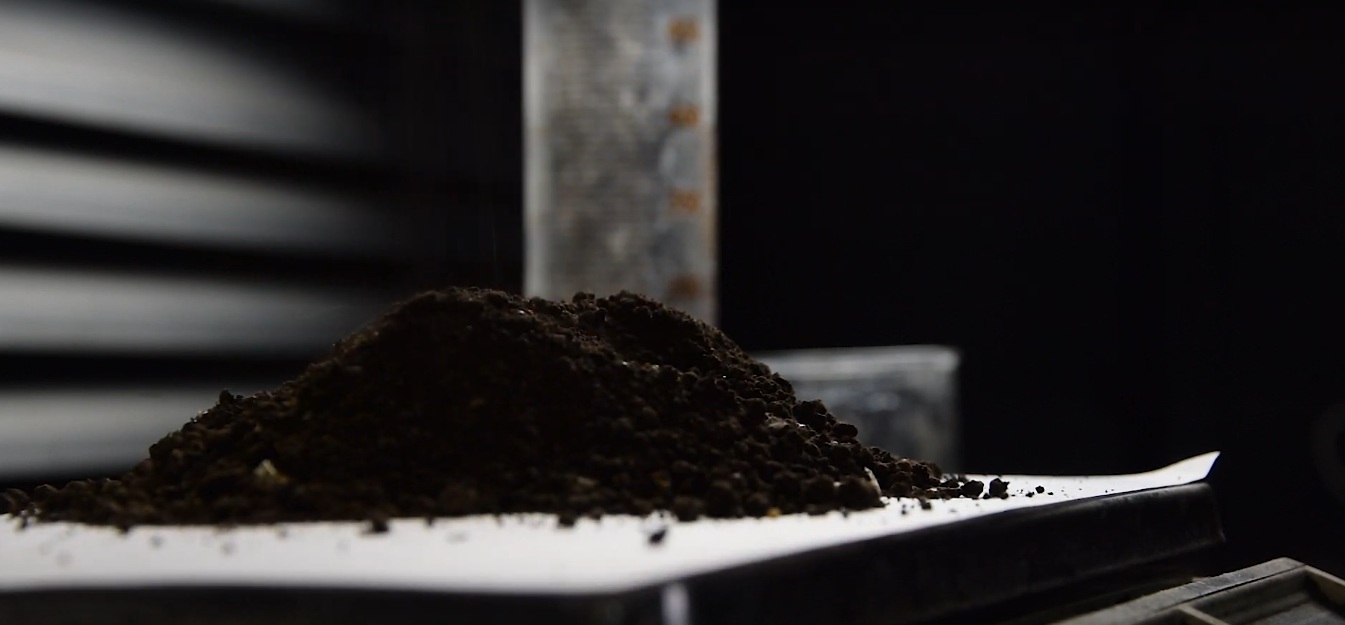Processing of peat and sapropel is used to obtain any new product with required properties. In particular, so-called humates or humic fertilizers, are obtained from this raw material.
What are humates (humic fertilizers)
They use humic fertilizers to stimulate plant growth. At its core, humates are organic substances. The processing of peat, sapropel, brown coal and other plant waste is used to obtain humic fertilizers. It usually takes 1-2 years for a layer of organic matter to form in a peat deposit, from which humic fertilizer 1 mm thick can be obtained. It usually takes 1-2 years for a layer of organic matter to form in a peat deposit, from which humic fertilizer 1 mm thick can be obtained.
Humic fertilizers show good efficiency in stimulating plant growth, while they are required much less than fertilizers of similar application. In addition, this type of fertilizer has a beneficial effect on the structure of the soil and activates soil microorganisms.
Humates History
In 1876, the German chemist Achard was the first to isolate the salts of humic acids from peat and gave their basic description. It was the German sciences that introduced the term “humic substances”.
At first, humic substances were used as a dye. It was a product, extracted from brown coal (19th century) In the twentieth century, humates already appeared in areas such as agriculture and medicine. But it hasn’t been systematic yet. More or less massively hu
In the USSR, the scientific foundations for the practical use of humic fertilizers were laid in the works of Lydia Hristeva and her followers.
The team under the leadership of Khristeva obtained humates from coal and carried out experiments to isolate humates from different plant species. The topic was continued by Belarusian scientists who isolated humates from peat.
Raw materials for obtaining humates
Nowadays, technologies for the production of humic fertilizers from bituminous and brown coal, peat and sapropel have been developed. The properties of fertilizers obtained from different types of raw materials are mostly the same, but in some points they can differ markedly.
Processing of peat and sapropel into humic fertilizers
The basic technology for extracting humic fertilizers from peat and sapropel is based on alkaline extraction followed by purification, since humic substances in insoluble form are practically of no value. As a result, salts of humic acids are formed, which dissolve well in water and have physiologically active properties.
Humates production using vortex layer devices AVS
We noted above that the layer of humic substances in peat does not form quickly and is not very large. Therefore, the main task in the production of humic fertilizers is to extract useful organic matter from peat without loss and convert it into a form that is easily accessible to plants. To do this, you first need to destroy the cellulose and lignin membranes of cells, which contain useful substances.
GlobeCore company uses AVS vortex layer devices for solving this problem. Through this devices, peat is dispersed in water due to the intense influence on it from the side of ferromagnetic particles, which move along complex trajectories under the action of a rotating electromagnetic field. During movement, these particles collide with peat particles, with each other and with the walls of the working chamber. As a result, peat particles are crushed and more than 80-90% of them are no more than 15 microns in size. This is sufficient for the most complete extraction of all useful organic substances, the content of which after processing in the vortex layer apparatus is noticeably higher than before processing.
Thus, the processing of peat in the apparatus of the vortex layer AVS makes it possible to obtain a liquid substance, which in its essence is a humic fertilizer with all the properties necessary for plant growth.

